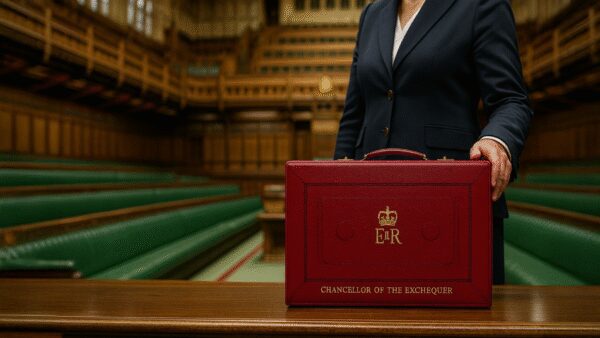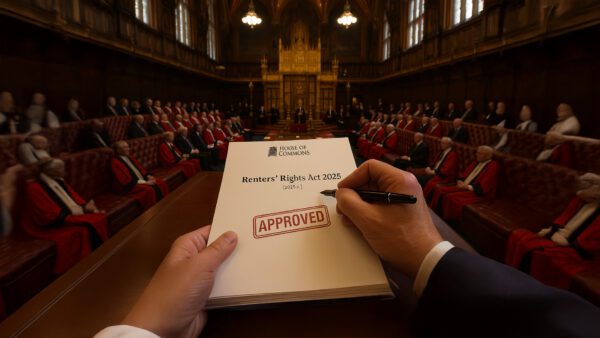For many art collectors, building a collection is a lifelong endeavour. Whether you collect for personal enjoyment or as an investment, your collection often becomes a significant part of your estate. It is therefore essential that collectors engage early with estate planning, to ensure that their collections pass in the way they intend, and that they are properly preserved and managed after death.
Taking Stock and Knowing Your Collection’s Worth
One of the first steps for any collector is understanding exactly what is in their collection. Maintaining a detailed inventory throughout your life will help your executors and trustees identify each item and determine its value for UK Inheritance Tax (IHT) purposes.
Knowing the value of your collection can also inform your decision as to how to transfer or gift it in the most tax-efficient way, whether during your lifetime or upon your death, and whether to individual or institutional beneficiaries.
Your inventory should be as detailed as possible, including information such as object type, images or illustrations, measurements, features, title, relevant dates and periods, and as much evidence as possible of provenance. Many auction houses and art advisers offer these services, and appointing professional valuers will assist with providing accurate and credible valuations.
If you already have advisers who are familiar with your collection, let your executors and trustees know (perhaps in a letter of wishes) who these experts are. This will help to ensure the ongoing management and preservation of your collection.
Choosing The Right Executors
Depending on the nature of your collection, it might be wise to appoint executors who have a good understanding and appreciation of art. They should be capable of coordinating appraisals, overseeing the collection’s transfer or sale, and navigating the intricacies of the art market. If your collection is held in a Will trust, you can also appoint specific trustees with the necessary expertise to manage the trust, who are separate from the general executors of your Will.
Understanding The Inheritance Tax
For IHT purposes, art, antiques, and other collectibles are treated like any other tangible asset. IHT is generally payable on estates exceeding £325,000, unless the estate is left to an exempt beneficiary, such as a spouse or civil partner, or UK charity.
Once your collection is valued for IHT purposes, this valuation is submitted to HM Revenue and Customs (HMRC) as part of the IHT account. IHT, if due, is then payable on the estate.
However, certain schemes and reliefs can reduce or exempt the IHT liability for eligible artworks, such as the ‘Acceptance in Lieu’ (AIL) scheme and the ‘Conditional Exemption Tax Incentive’ (CETI).
The AIL scheme allows those liable to IHT to pay the tax by transferring important cultural, scientific, or historic objects and archives (including artworks) to the nation. If accepted, the estate receives the open market value of the artwork, minus the IHT due, and a 25% douceur for art.
If the AIL scheme is not an option, personal representatives might consider the CETI, which exempts IHT on certain items including artworks, as long as they meet specific criteria. Under the CETI, the estate may retain such artworks provided they are accessible to the public for certain periods each year.
Leaving a Legacy
Beyond IHT concerns, if you do not specifically provide for your collection in your Will, it might end up as part of your residuary estate. This could mean your art goes to beneficiaries you did not intend to benefit or that your collection ends up being divided in complicated ways if your residuary beneficiaries are a class, for example, to your children generally.
By putting a Will in place that considers your art collection, or by setting up appropriate ownership structures, you can ensure your chosen beneficiaries inherit your collection and that it is managed and preserved properly.
Taking these steps will help secure your collection’s future, allowing it to be enjoyed and appreciated for generations to come.
To discuss any of the points raised in this article, please contact Ben Rosen or fill out the form below.









